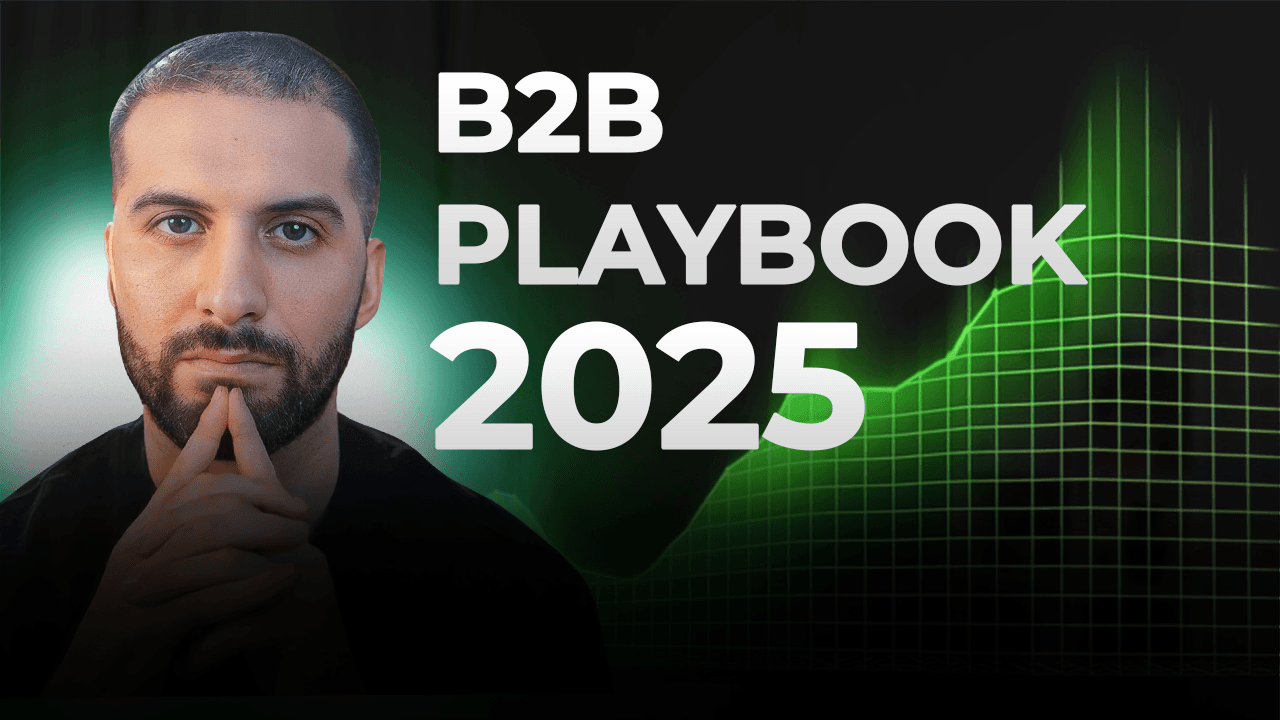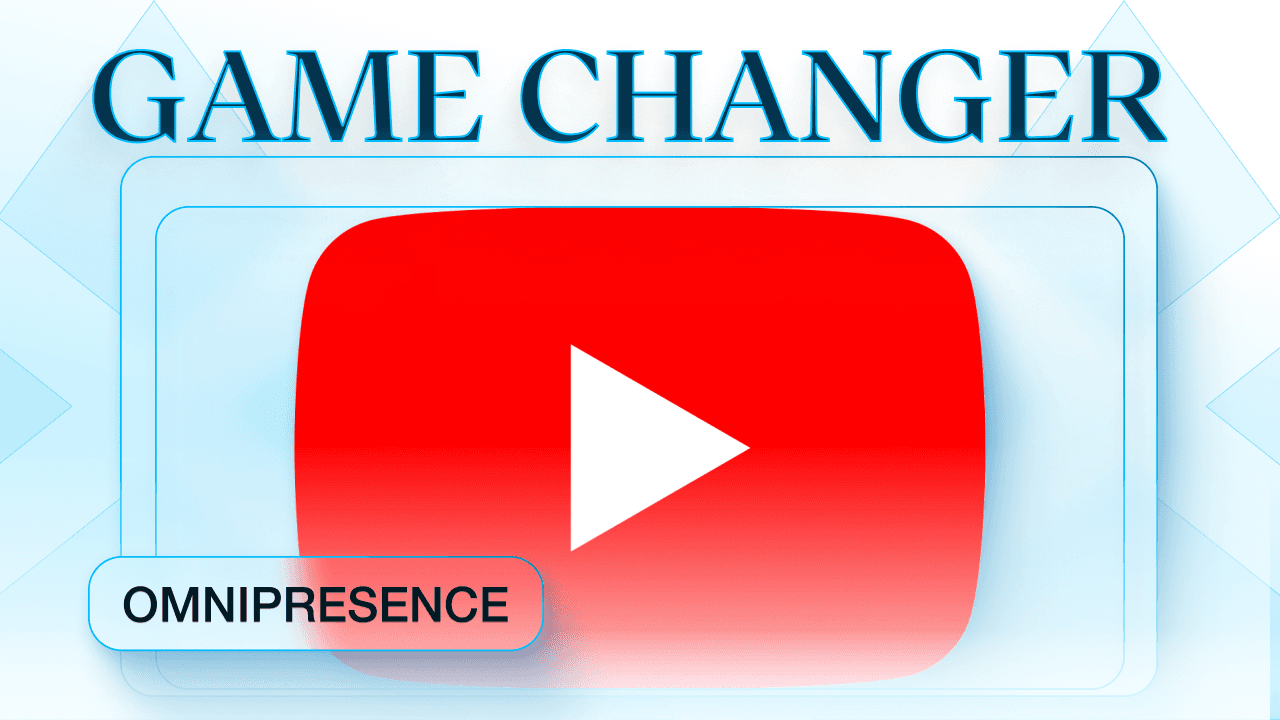In 2025, companies that embrace thought leadership, real-time content, and strategic platform distribution will dominate their industries. This playbook provides a detailed roadmap for B2B brands looking to maximize their content’s impact in an increasingly competitive digital environment.
The Evolution of B2B Content Marketing
The buyer’s journey has become more complex, requiring multiple content touchpoints before making a purchase decision. Before engaging with a sales team, B2B buyers now consume a mix of LinkedIn posts, YouTube videos, podcasts, and industry reports. The traditional lead generation model, which relies on gated content and direct-response tactics, is being replaced by a more effective demand generation approach that builds trust and authority long before the sales process begins.
A study from LinkedIn confirms this shift: B2B buyers place four times more trust in content from subject matter experts and executives than in branded corporate messaging. Companies that fail to integrate executive-led content and real-world expertise into their marketing strategy will struggle to remain relevant.
Why Thought Leadership Is No Longer Optional
If a company’s target audience is active on LinkedIn, then its C-level executives and industry experts need to be creating content there. B2B buyers want insights from real people, not from faceless corporate accounts. Thought leadership is no longer a side project - it is the foundation of a successful B2B content strategy.
When founders, executives, and senior leaders share their expertise, challenges, and industry perspectives, they establish trust and position their company as an authority. The key is authenticity. Audiences engage more with raw, insightful content than with overly polished promotional material. A well-crafted LinkedIn post from an executive can now drive as much engagement—and in many cases, more conversions—than a corporate ad campaign.
Companies that combine organic thought leadership with LinkedIn Thought Leader Ads will see the strongest results. This approach allows businesses to extend the reach of executive content, ensuring that key decision-makers see and engage with high-value insights.
The Shift to Real-Time Content: Building in Public
B2B audiences are no longer interested in generic success stories or polished case studies. Instead, they want to see the real process behind company growth, product development, and industry insights. This has led to the "Building in Public" movement, where businesses document their journey in real time.
This content approach is particularly effective for companies launching new products, entering new markets, or refining their go-to-market strategies. By sharing both wins and challenges, brands build credibility and trust, showing that they are continuously learning and improving.
To implement this strategy, businesses should regularly post updates on LinkedIn, create short-form video content, and use podcasts or webinars to dive deeper into industry discussions. This real-time documentation not only engages existing customers but also attracts potential buyers who want to follow along with the company’s progress.
Moving Beyond Lead Generation: The Demand Generation Model
Many B2B marketers still focus on lead generation, optimizing for form submissions and gated content downloads. However, in 2025, this approach is becoming less effective. Buyers no longer want to hand over their contact details just to access valuable insights. Instead, they expect companies to deliver high-quality, freely accessible content that educates and informs without requiring an immediate transaction.
The most successful B2B brands are shifting toward demand generation - a strategy that focuses on building long-term trust and authority. This means creating educational content that helps potential customers solve problems, understand trends, and make better decisions before they ever enter a sales conversation.
For businesses to successfully generate demand, they must:
Develop in-depth, insightful content that provides real value without being gated.
Distribute content across the right channels, including LinkedIn, YouTube, and company websites.
Use retargeting strategies to re-engage potential buyers who have interacted with high-value content.
When done right, demand generation leads to higher-quality inbound leads, reducing the need for aggressive outbound sales efforts.
Choosing the Right Platforms: Where B2B Content Works Best
Not every content format belongs on every platform. In 2025, successful B2B marketers will focus their efforts on the channels where buyers are most engaged.
LinkedIn remains the dominant platform for B2B content. It is where thought leadership thrives, where decision-makers engage with industry discussions, and where paid content distribution can be highly targeted. For deeper educational content, YouTube is becoming a key player, offering long-form video insights, product walkthroughs, and industry reports. Podcasts and webinars continue to be valuable for in-depth discussions, while SEO-driven blog content remains crucial for long-term lead capture.
The key is to match content with buyer intent. For example, LinkedIn and YouTube are excellent for demand creation, helping businesses establish their authority and reach new audiences. Meanwhile, blog content and SEO-optimized reports are better suited for demand capture, ensuring that when buyers are actively searching for solutions, they find valuable insights from your company.
Leveraging Industry Experts and B2B Content Creators
Another shift happening in B2B content marketing is the increased use of industry experts and external content creators. Companies that collaborate with trusted industry voices - whether through LinkedIn co-hosted content, podcasts, or expert webinars—see significantly higher engagement.
Instead of relying solely on internal teams, forward-thinking B2B brands are partnering with content creators who already have an established audience. These collaborations help extend a brand’s reach and provide credibility in niche industries.
A successful example of this strategy is co-hosted content formats, where an external expert partners with a brand to create a LinkedIn series, podcast, or industry event. This approach builds trust faster than traditional marketing methods and helps brands reach decision-makers through voices they already respect.
The Future of B2B Content in 2025
The companies that will thrive in 2025 prioritize human-centered content, invest in thought leadership, and focus on demand generation over traditional lead capture tactics.
B2B buyers trust real people more than corporate brands. They want insights from industry experts, founders, and senior leaders, not faceless marketing teams. They expect real-time content, behind-the-scenes insights, and educational material that genuinely helps them make better business decisions.
Conclusion
Companies that embrace these shifts - leveraging LinkedIn, YouTube, podcasts, and expert collaborations - will not only build trust but also drive sustainable growth in a rapidly changing market.
For those still relying on outdated strategies, the time to adapt is now.
Get expert guidance at The APEX Consulting
💬 Book a free consultation today and discover how you can generate more leads, higher conversions, and scalable growth for your business: https://calendly.com/apex-consulting-call/15min

Jousef Murad
Founder of APEX



